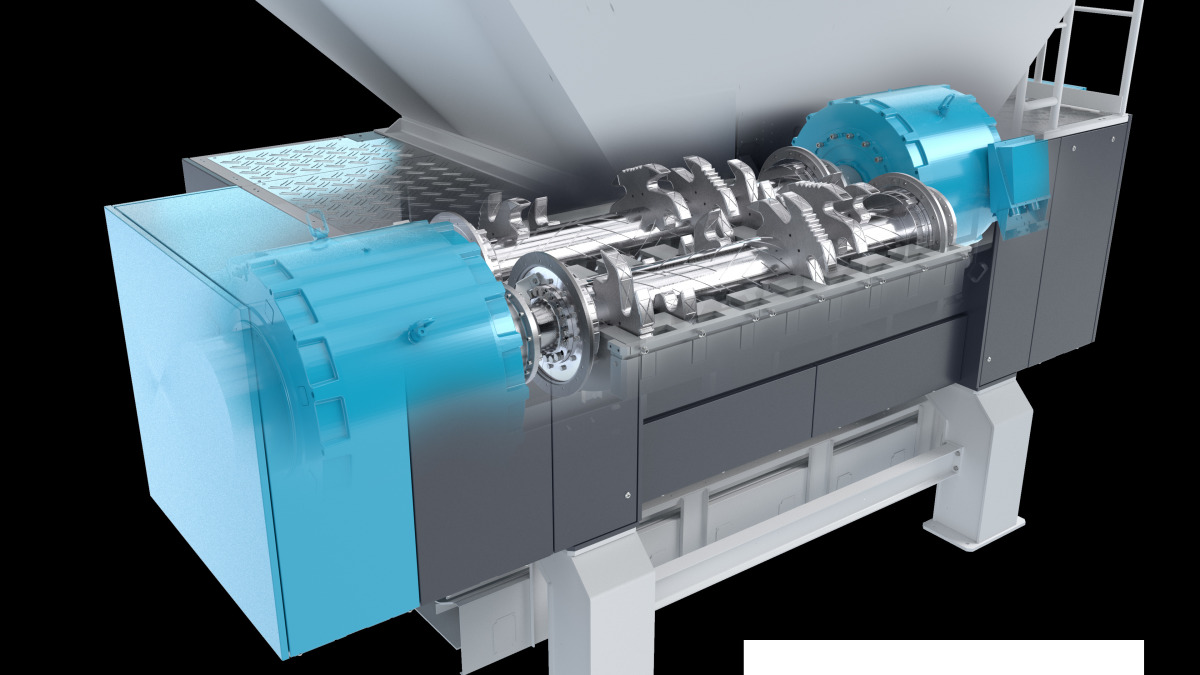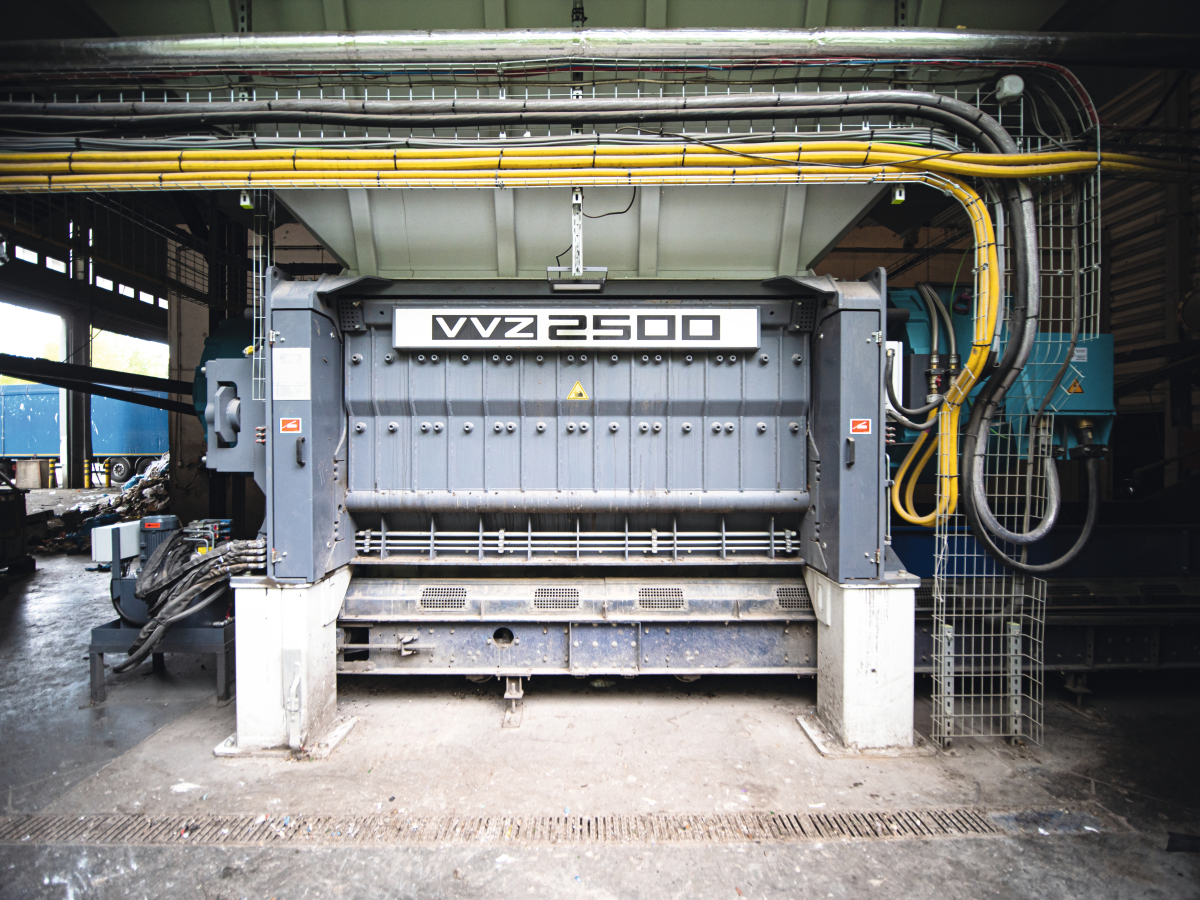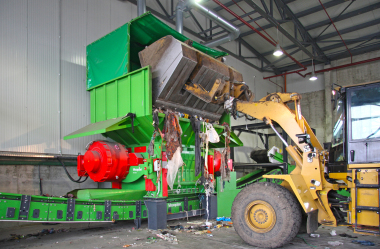Vecoplan – VRZ shredder for pre-shredding in recycling plants and primary industry
01.03.2023
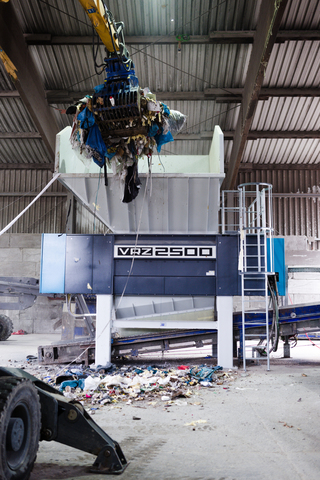 The VRZ shredder is robust, resistant to impurities, reliable and low-maintenance, making it ideally suited for the processing of domestic and commercial waste
The VRZ shredder is robust, resistant to impurities, reliable and low-maintenance, making it ideally suited for the processing of domestic and commercial waste
© Vecoplan AG
The stand-out feature of the Vecoplan VRZ shredder is its rotor – instead of conventional cutting tools, it is equipped with sickle-shaped ripping teeth, which safely break up and shred even bulky materials. The Vecoplan developers placed great emphasis on a robust design, and the tried and tested HiTorc drive ensures highly efficient, yet low-maintenance operation. The VRZ is used for pre-shredding in recycling plants and the primary industry.
“At our customers, the shredders usually work uninterrupted for a very long period,” says Cathrine Rekett, Head of Application Technology in the Recycling | Waste division at Vecoplan AG. For example, the VRZ series can efficiently shred domestic, commercial & bulky waste and biomass, root & waste wood interspersed with minerals or nails.
“Vecoplan development specialists placed a great deal of emphasis on the development of the VRZ, focusing on the safe pre-shredding of materials laden with extraneous items. They have created a machine that is not only resistant to extraneous items but is also robust, reliable and low-maintenance,” says Rekett. The developers did not equip the rotor with cutting tools but with sickle-shaped ripper teeth, impervious to extraneous materials. Unlike cutting tips, the teeth are armoured: “Re-armouring the ripper teeth when they’re worn is more time-consuming than changing cutting tips and counter knives, but their running times are much longer. The bottom line is that this significantly reduces downtimes,” says Rekett.
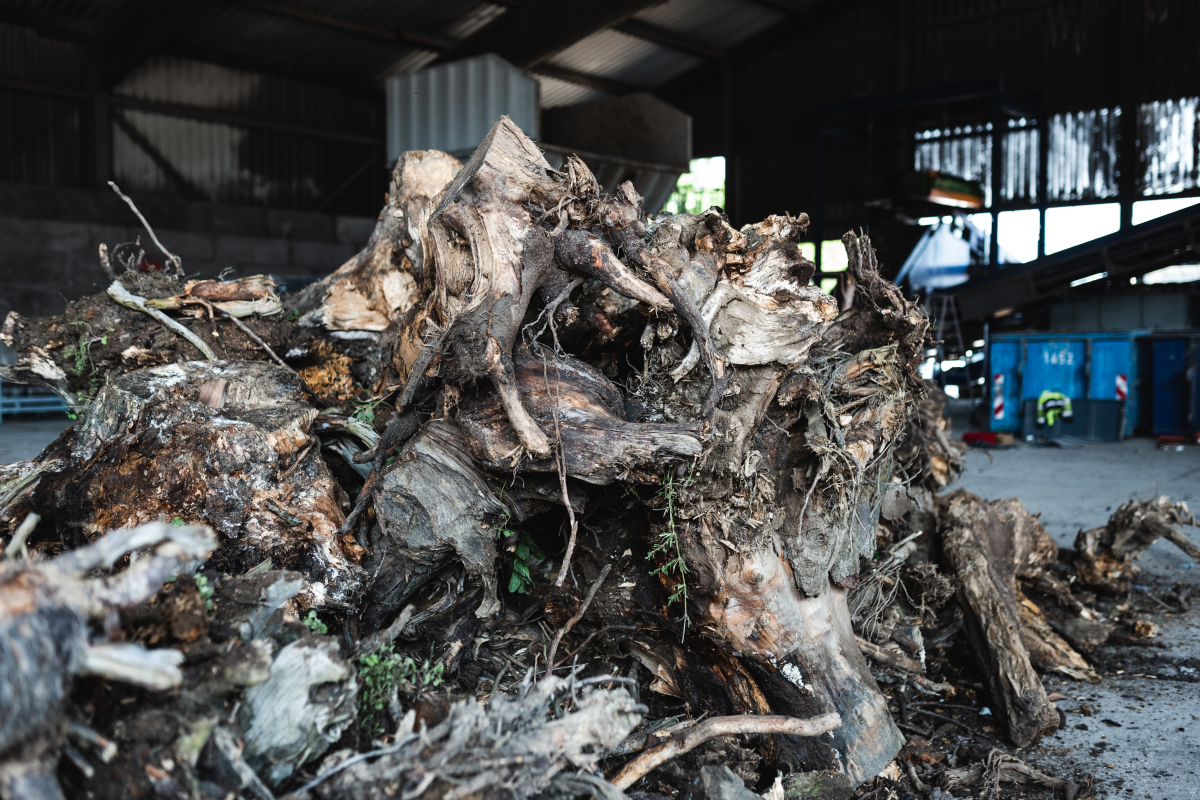 Waste wood and root wood mixed with minerals are easily pre-shredded during the ripping procedure, ready for subsequent processes
Waste wood and root wood mixed with minerals are easily pre-shredded during the ripping procedure, ready for subsequent processes
© Vecoplan AG
Components such as wear-resistant and replaceable sealing elements at the rotor and side wall prevent materials from becoming lodged between the front surface of the rotor and the machine housing, for instance. The optimised machine design also means that the cutting frame and rotors can be replaced quickly, and time-consuming maintenance work such as reinforcing welding work can be performed outside the machine, significantly reducing downtimes. “Our VRZ is designed to remain operational for as long as possible – even if wear does occur,” promises the Vecoplan specialist. For example, the VRZ 2500 has an open cutting table, which allows stones and other extraneous materials to fall through the cutting unit without shutting down the machine. Vecoplan has proven this in extensive practical tests with different materials and successful continuous operation.
 Cathrine Rekett is the Head of Application Technology in the Recycling | Waste division and has considerable know-how in shredding technology
Cathrine Rekett is the Head of Application Technology in the Recycling | Waste division and has considerable know-how in shredding technology
© Vecoplan AG
“Our shredder simply tears the material apart,” Rekett explains. “However, this process is not new,” she adds, “but combining the ripping action of the shredding machine with a torque drive is an innovation!” Vecoplan relies on the sheer efficiency of the HiTorc dynamic, powerful start-up and torque series machines. They have no mechanical components such as belts, clutches or hydraulic units, so hardly any maintenance work is needed compared to hydraulic drives. They also achieve a high-efficiency level because there is less mass to be propelled. Plant operators enjoy considerable energy savings. The drives with an output of 2x138 kilowatts are also absolutely insensitive to extraneous materials. The HiTorc dynamics improve start-up and reversing behaviour, making the VRZ ideal for mastering complex, tough materials and other challenges. “During development, we wanted to keep operating and maintenance costs as low as possible for the plant operator,” Rekett reports.
The Vecoplan specialists also gave this shredder series a modular design. Customers can choose from several options to configure their machines, such as various cutting units like cutting tables and rotors. These can be easily replaced to adjust the VRZ to a specific particle size or usage scenario.

